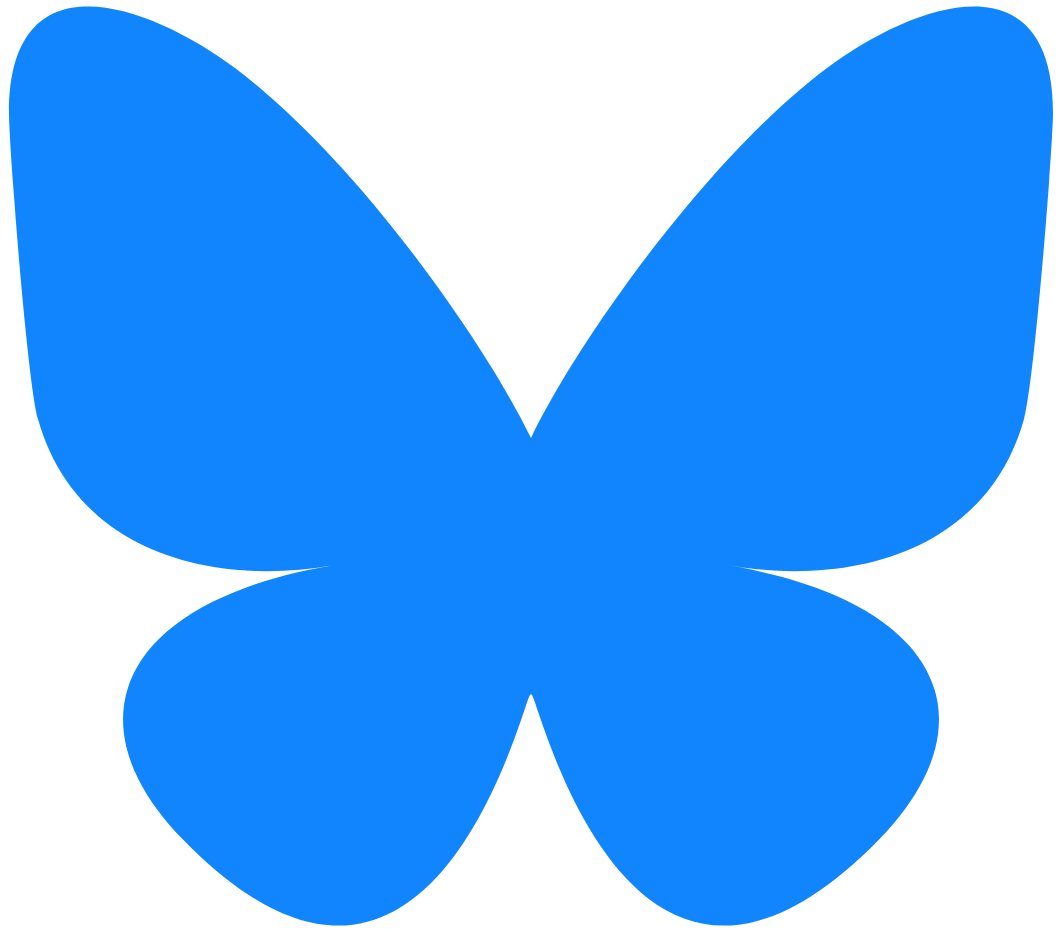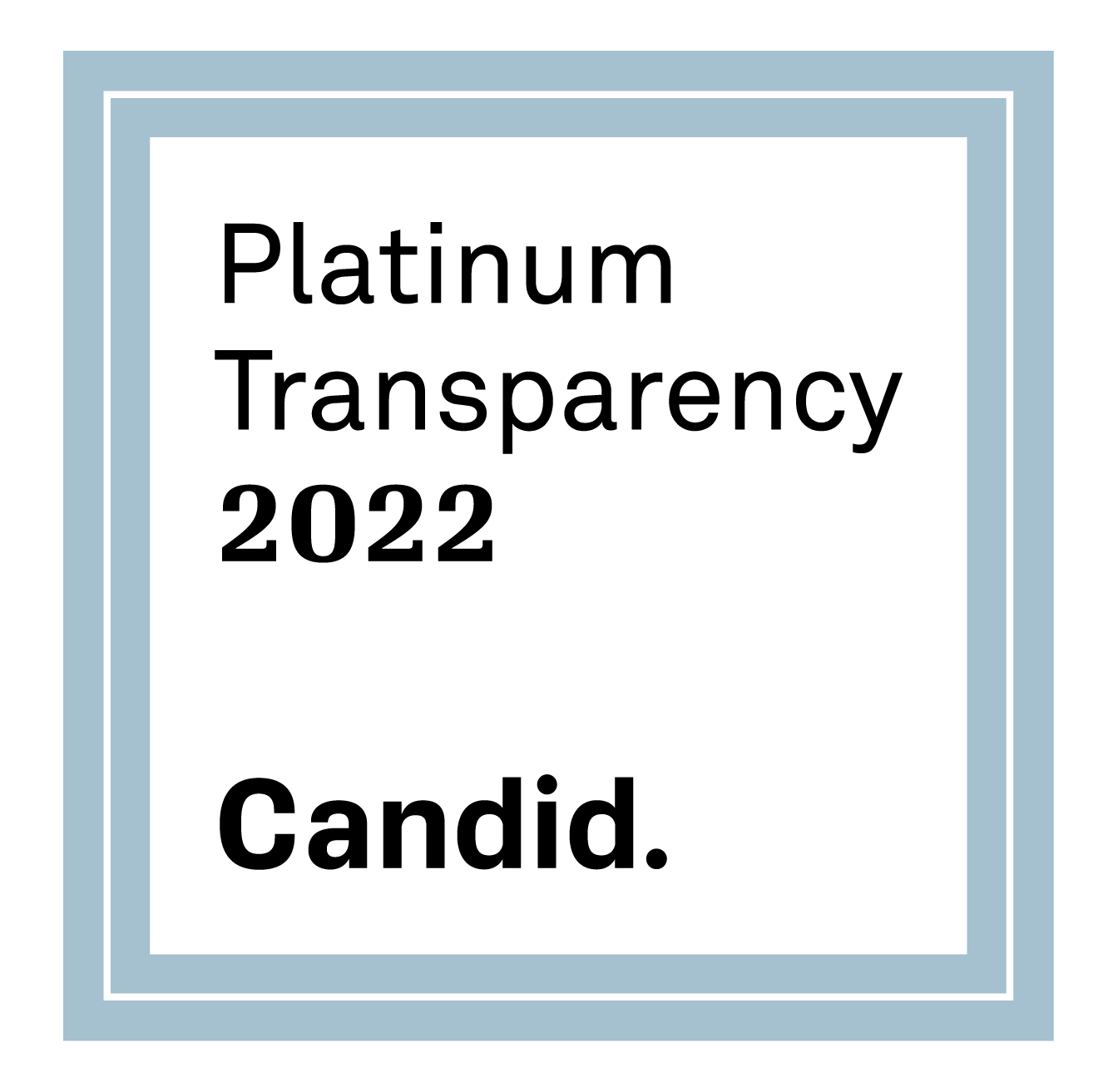PART 1: HOW WE GOT HERE.
Pandemics and epidemics have existed throughout human history. However, at no time in human history have so many people existed on the planet, especially with the mobility that we have today. Evidence for the next global health emergency has been known for a long time. Periodic outbreaks have warned us about the risks, our vulnerability to disease, and our interdependence as human beings. The general response has been to ignore the risks, and the preparedness steps that scientists and health experts have been suggesting. We have the knowledge and tools but only if we listen to the experts.
In 2019, The Global Health Security Index (GSI) was issued by the Johns Hopkins Center for Health Security, funded through the Bill and Melinda Gates Foundation. GSI recently received media attention when it was referenced by the President during a news conference about the COVID-19 outbreak. The GSI assessed 195 countries for their readiness to deal with the threat of an epidemic or pandemic. The report concluded that “National health security is fundamentally weak around the world. No country is fully prepared for epidemics and pandemics, and every country has important gaps to address.” Regardless of the known risks, the public health system has continued to experience funding cuts at the national, state, and local levels, putting surveillance, preparedness and response capabilities that our lives depend on at risk. Only in a crisis do we consider the importance of public health. Until then, we remain blissfully unaware that the work of public health between emergencies, which helps ensure the country’s readiness. Investing in a robust public health system is essential in ensuring the safety, health and well-being of people before, during and after a health emergency. Implications of ignoring the risks is playing out in real time with COVID-19.
The 1980’s was the age of HIV/AIDS. Who could forget the media attention and the rampant fear that followed, which led to the unconscionable and unwarranted discrimination towards gay men and intravenous drug users in the United States. It contributed to the spread of disease and the deaths that followed. A lot was learned from the crisis. Today, there is an occasional pharmaceutical commercial for an HIV/AIDS drug, a sign of our ability to manage the virus, and the disease it causes, as a chronic disease. However, people forget that AIDS was, and is, a global pandemic: it is a virus that killed 75 million people when it made the jump from animal to human in remote parts of the world, and is still impacting lives even today, but at a much less severe pace.
In 2003, a coronavirus similar to COVID-19 appeared. Severe Acute Respiratory Syndrome (SARS) was considered the “First Pandemic of the 21st Century.” In 2009, H1N1 appeared on the scene, better known as Swine Flu. The Centers for Disease Control and Prevention (CDC) estimated that when H1N1 was eliminated in August 2010, it had infected nearly 61 million people United States and killed up to 575,400 globally. The Middle Eastern Respiratory Syndrome (MERS), also a coronavirus, followed in 2012. In 2014, the Ebola virus emerged again during an outbreak in West Africa. This time the World Health Organization (WHO) characterized it as the “largest and most complex Ebola outbreak since the virus was first discovered in 1976.” It reached our shores—mostly in cases of Americans treating patients in Africa—but few gave it second thought after it was out of the headlines.
Now it’s COVID-19, a coronavirus with no known immunity or current vaccine that has crisscrossed the world at light speed through person-to-person contact and global travel. No one knows how long it was actually moving through the population before the first reported case in China on December 8, 2019. The actions that were taken, or not taken, to mitigate the spread of the virus at the start, had implications to every person on the planet. By February 25, 2020 the first cases in the US were being reported, and the CDC issued an urgent warning to all Americans to begin to prepare for significant disruptions in daily living. Some heard this call to action in the midst of confusing messaging, which has led to public fear and panic. It is fear that is once again prompting discriminatory behaviors, this time against Asians and those who have been, or might be, infected. Last week, the WHO reinforced the CDC’s statement and sense of urgency stating that “this is not a drill.” The CDC’s decisive warnings may have bought us time to prepare.
Prepared at 3:00 p.m. on Friday, March 13, 2020









 English
English Spanish
Spanish Haitian Creole
Haitian Creole Chinese (Traditional)
Chinese (Traditional) Gujarati
Gujarati Hindi
Hindi Korean
Korean Portuguese
Portuguese